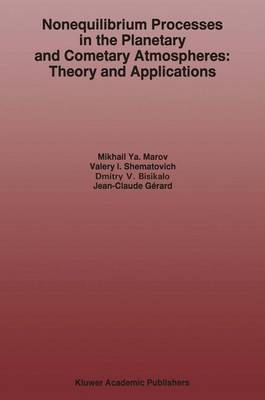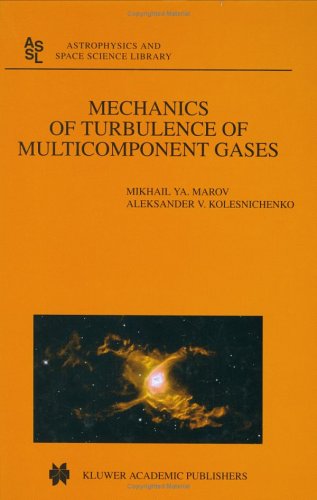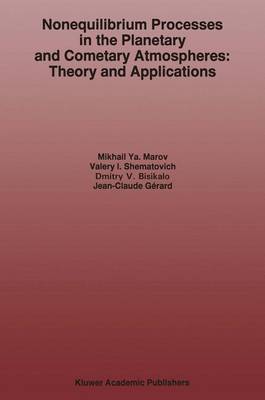Astrophysics and Space Science Library
3 primary works • 4 total works
Book 217
Nonequilibrium Processes in the Planetary and Cometary Atmospheres: Theory and Applications
by Mikhail Ya Marov, V. Shematovich, D. Bisikalo, and Jean-Claude Gerard
Book 269
Mechanics of Turbulence of Multicomponent Gases
by Mikhail Ya Marov and Aleksander V. Kolesnichenko
Book 389
Turbulence and Self-Organization
by Mikhail Ya Marov and A V Kolesnichenko
This book focuses on the development of continuum models of natural turbulent media. It provides a theoretical approach to the solutions of different problems related to the formation, structure and evolution of astrophysical and geophysical objects. A stochastic modeling approach is used in the mathematical treatment of these problems, which reflects self-organization processes in open dissipative systems. The authors also consider examples of ordering for various objects in space throughout their evolutionary processes.
This volume is aimed at graduate students and researchers in the fields of mechanics, astrophysics, geophysics, planetary and space science.
v. 217
Nonequilibrium Processes in the Planetary and Cometary Atmospheres
by Mikhail Ya Marov and etc.
New or upgraded methods and algorithms for addressing the relevant problems of non-equilibrium gas kinetics were developed and successfully implemented for the simulation of a wide range of aeronomical processes. The volume is primarily intended for professional scholars and graduate students in space sciences, planetary astronomy and aeronomy and should also be useful to some target groups dealing with mechanics, gas dynamics, and computer modelling of versatile physical processes and who wish to expand the areas of their immediate interests.



